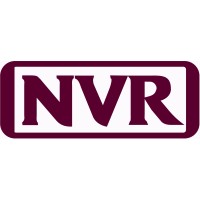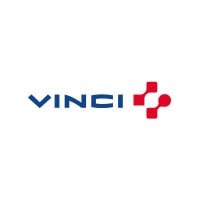
NVR, Inc.
NVR, Inc. is a Top 5 US Homebuilder and an industry leading company. With 75 years of experience building quality homes and successful careers, and our standing as the most profitable publicly traded homebuilding company in the US, NVR has developed our reputation for stability & responsibility. As a market leading homebuilder, NVR operates throughout 35 metropolitan areas in 15 states under the brand names of Ryan Homes, NVHomes, and Heartland Homes. We are the dominant homebuilder in each of our markets and have constructed more than 535,000 homes while maintaining a commitment to quality product & customer care. NVR Mortgage’s primary focus is to serve the needs of NVR homebuyers while NVR Settlement Services provides a complete range of settlement and title services to support NVR’s homebuilding operations. At the corporate level, NVR provides various support functions and an intertwined network of resources utilized by each of its companies, including essential managerial structures, sales & marketing support, vital human resource specialists, and an advanced information technology department. Learn more about NVR by visiting www.nvrinc.com.






